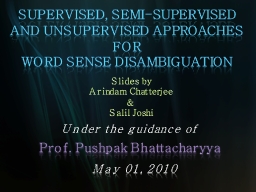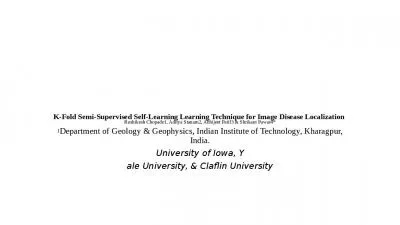PPT-L ecture 2: Overview of Supervised Learning
Author : blanko | Published Date : 2023-11-04
Outline Regression vs Classification Two Basic Methods Linear Least Square vs Nearest Neighbors C lassification via Regression C urse of Dimensionality and M odel
Presentation Embed Code
Download Presentation
Download Presentation The PPT/PDF document "L ecture 2: Overview of Supervised Lear..." is the property of its rightful owner. Permission is granted to download and print the materials on this website for personal, non-commercial use only, and to display it on your personal computer provided you do not modify the materials and that you retain all copyright notices contained in the materials. By downloading content from our website, you accept the terms of this agreement.
L ecture 2: Overview of Supervised Learning: Transcript
Download Rules Of Document
"L ecture 2: Overview of Supervised Learning"The content belongs to its owner. You may download and print it for personal use, without modification, and keep all copyright notices. By downloading, you agree to these terms.
Related Documents

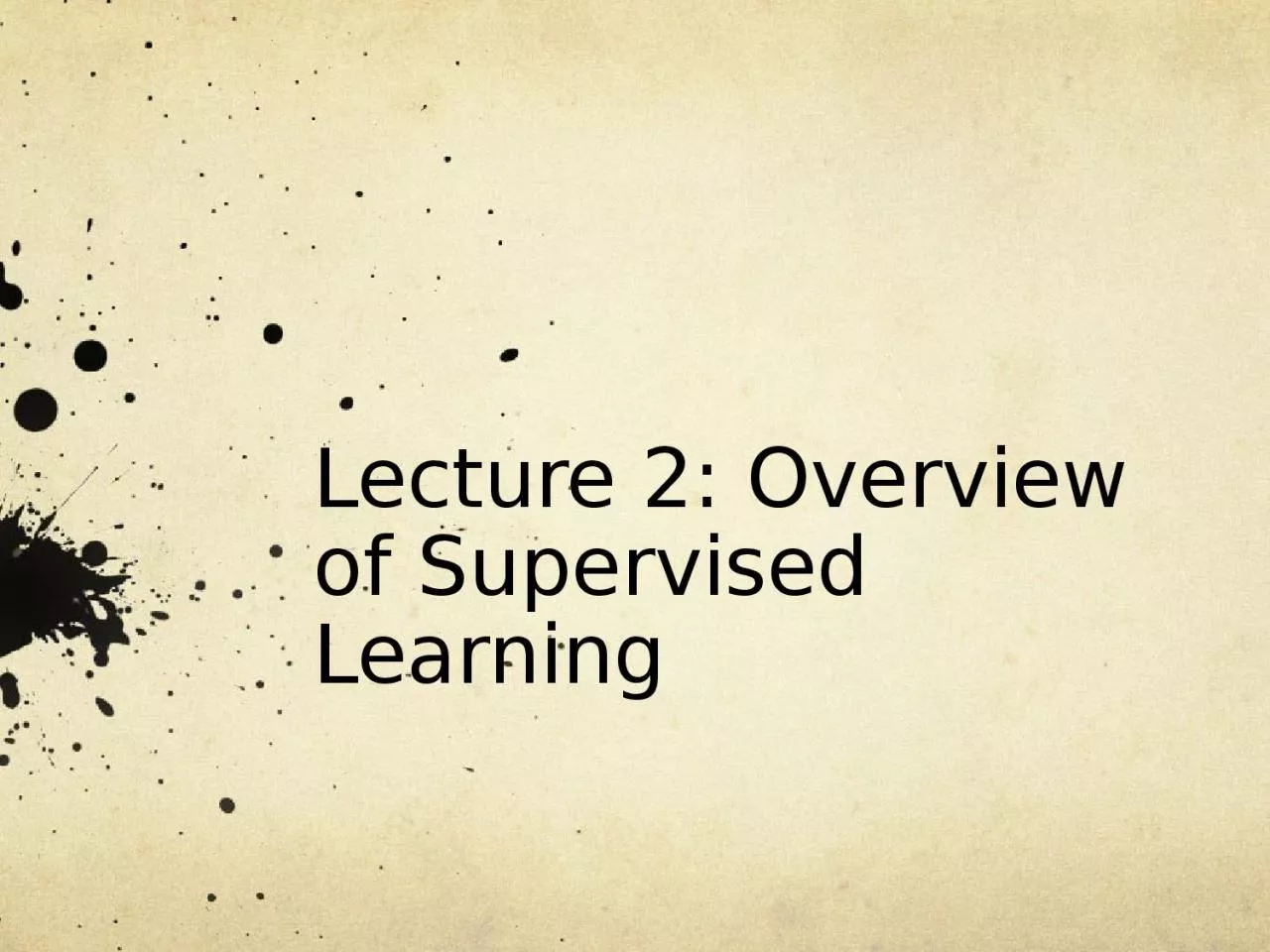
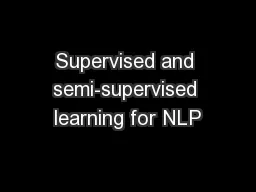
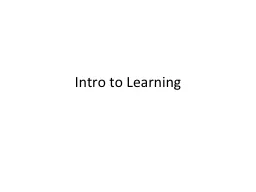

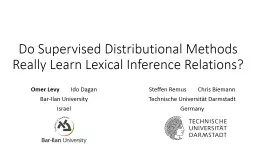
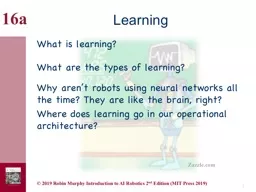

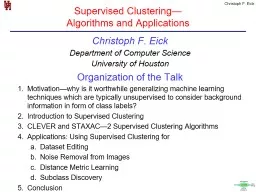
![[PDF]-Supervised Machine Learning with Python Develop rich Python coding practices while](https://thumbs.docslides.com/970567/pdf-supervised-machine-learning-with-python-develop-rich-python-coding-practices-while-exploring-supervised-machine-learning.jpg)
![[eBOOK]-The Supervised Learning Workshop A New, Interactive Approach to Understanding](https://thumbs.docslides.com/970623/ebook-the-supervised-learning-workshop-a-new-interactive-approach-to-understanding-supervised-learning-algorithms-2nd-edition.jpg)
![[BEST]-Supervised Machine Learning with Python: Develop rich Python coding practices while](https://thumbs.docslides.com/975173/best-supervised-machine-learning-with-python-develop-rich-python-coding-practices-while-exploring-supervised-machine-learning.jpg)
![[PDF]-The Supervised Learning Workshop: A New, Interactive Approach to Understanding Supervised](https://thumbs.docslides.com/975238/pdf-the-supervised-learning-workshop-a-new-interactive-approach-to-understanding-supervised-learning-algorithms-2nd-edition.jpg)
